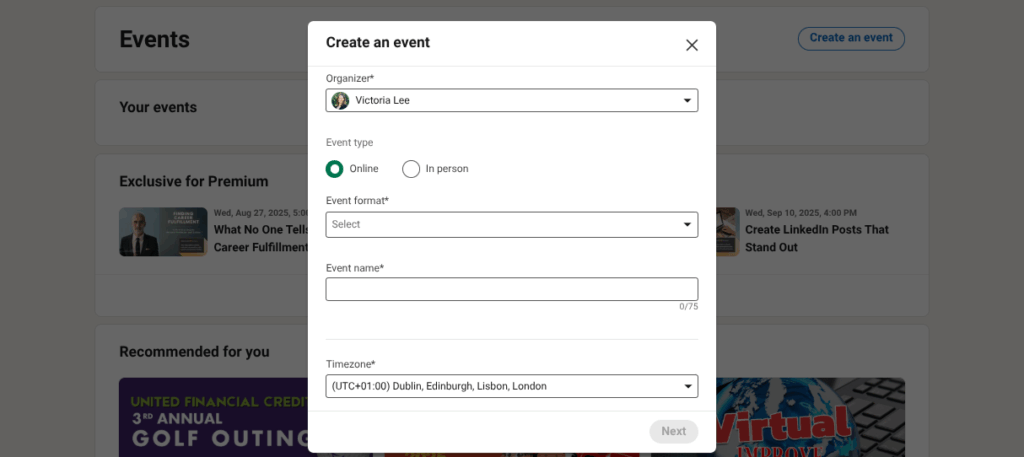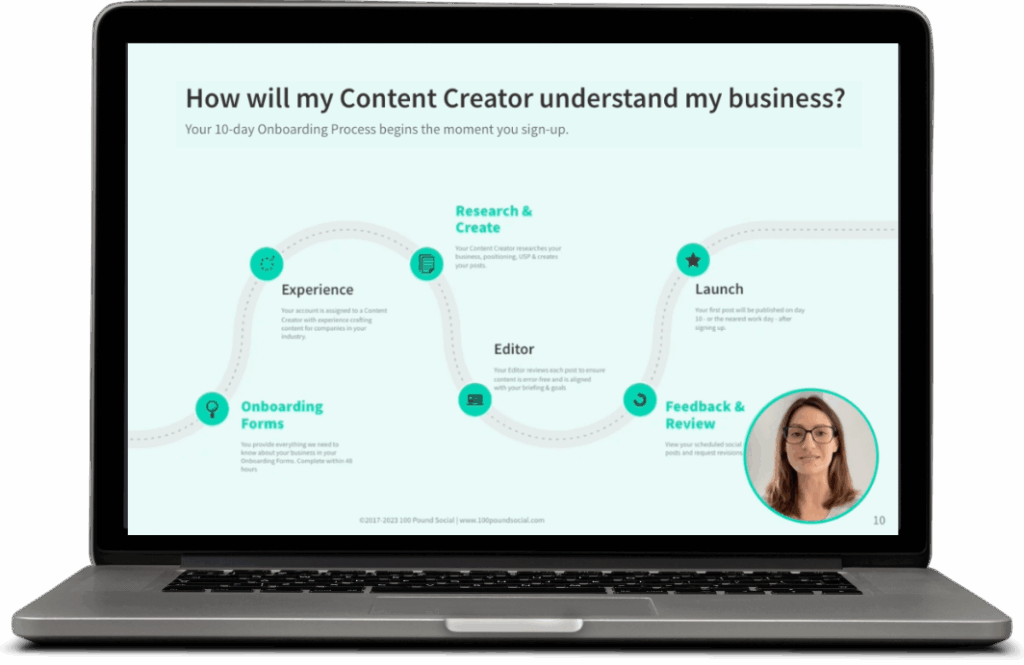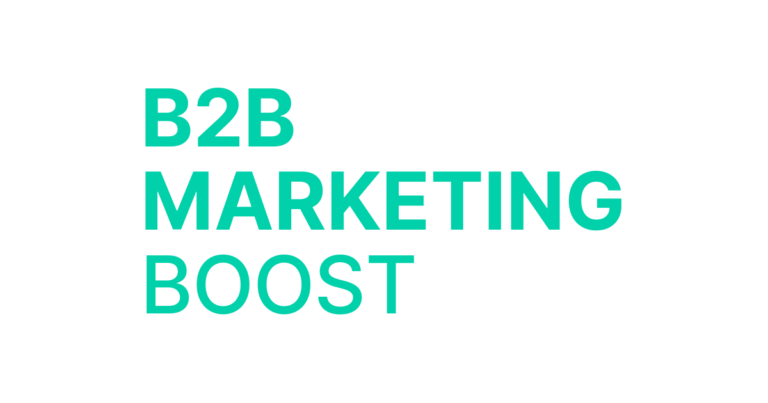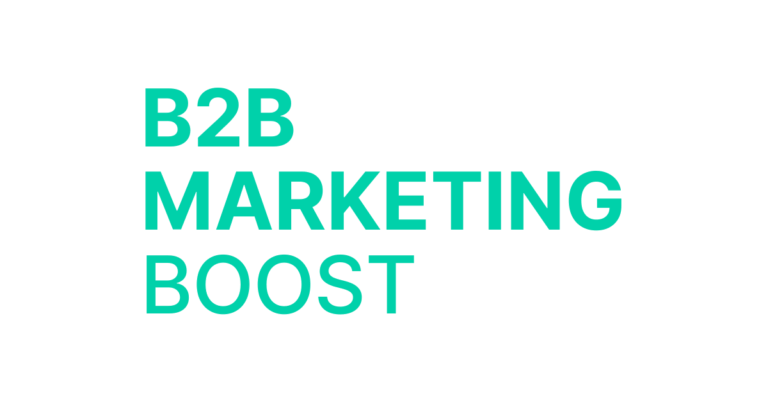LinkedIn has transformed from a simple networking platform into a powerhouse of B2B engagement.
Business owners who understand how to create a LinkedIn event are building stronger client relationships, generating qualified leads, and establishing themselves as industry thought leaders.
Whether you’re a consultant looking to expand your client base or a business owner wanting to connect with potential clients and strategic partners, events on LinkedIn offer an unparalleled opportunity to engage with your target audience in meaningful ways.
This comprehensive guide will walk you through everything you need to know about creating, promoting, and measuring the success of your LinkedIn Events.
Importance of LinkedIn Events for B2B Engagement

The business landscape has shifted dramatically. Remote work, virtual collaboration, and digital-first networking have become the norm rather than the exception. LinkedIn has evolved into the premier platform for professional networking and B2B marketing, enabling businesses to engage directly with decision-makers and create meaningful connections that drive revenue growth.
LinkedIn Events stands out because it combines the credibility of the LinkedIn platform with the engagement potential of live events. When someone attends your LinkedIn event, they’re not just consuming content—they’re actively choosing to invest their time in learning from you. This creates a unique opportunity to build trust and establish authority in your field, positioning you as the go-to expert potential clients turn to when they need your services.
The benefits extend beyond simple networking.
Virtual and hybrid events reduce geographical barriers, allowing you to connect with potential clients worldwide without the costs and logistics of traditional in-person gatherings.
Your event can attract business owners from different time zones, industries, and company sizes, creating a rich environment for knowledge sharing and client relationship building.
Get Your FREE Social Media Strategy Template Here →
Step-by-Step Guide to Creating LinkedIn Events
Learning how to create a LinkedIn event is straightforward, but the details matter.
Start by navigating to your LinkedIn homepage and locating the “Events” section, which you can find either in the main navigation or through the Work menu. The interface is designed to be intuitive, guiding you through each step of the setup process.

When setting up your event details, think carefully about your event title. This is your first impression, and it needs to clearly communicate the value attendees will receive. Instead of generic titles like “Marketing Webinar,” consider something more specific like “Converting LinkedIn Connections into Qualified Sales Leads: A 45-Minute Masterclass for Service Providers.”
Your event description serves as your sales pitch.
Write it as if you’re speaking directly to your ideal client. Address their business challenges, explain what they’ll learn, and be specific about takeaways. Business owners attend events to solve problems or gain insights that will help them grow their companies, so make it clear how your event will help them achieve their business goals.
The timing of your event can significantly impact attendance. Consider your client’s schedule and time zones. Tuesday through Thursday generally see higher attendance rates, and mid-morning or early afternoon slots often work well for business owners who need to balance client work with professional development.
Avoid major holidays, industry conferences, or periods when your audience might be particularly busy with client demands.
When choosing between public and private events, consider your business goals. Public events maximise your reach and can attract new potential clients who discover your event through LinkedIn’s search function.
Private events allow you to create an exclusive experience for invited guests, which can increase perceived value and encourage more intimate business discussions.
Best Practices for Promoting LinkedIn Events
Creating your event is just the beginning. The success of events on LinkedIn largely depends on how effectively you promote them. Strategic promotion starts with understanding which business owners should attend and why they would find value in your content.
Begin by personally inviting connections who would genuinely benefit from your event. Quality matters more than quantity here.
A personalised invitation message that explains why you think someone would find the event valuable will always outperform a generic mass invitation. Reference recent business conversations, shared challenges, or mutual connections to make your invitation more compelling.
Your promotion strategy should extend beyond individual invitations. Regular posts about your upcoming event help maintain visibility and can attract new potential clients.
Share behind-the-scenes content about your preparation, introduce guest experts or case studies, and post countdown updates as the event approaches. Each post is an opportunity to reach not just your connections, but their networks as well.
Leveraging LinkedIn groups and company pages can significantly expand your reach.
Share your event in relevant business groups where your target clients are already engaged in discussions. When posting in groups, focus on the business value your event provides rather than making it sound overly promotional.
Team member advocacy can be a powerful promotion tool. If you have business partners or team members, encourage them to share the event with their networks.
If you’re working with strategic partners or co-hosts, coordinate your promotion efforts to avoid overwhelming your shared connections while maximising overall reach.
Consider creating teaser content that gives people a preview of what they’ll learn. Short video previews, infographics highlighting key business insights you’ll share, or quotes from successful client case studies can generate excitement and encourage registration.
Join a Demo and Tick Social Media Off Your To-Do List From Just £100/mo →
Engaging Attendees Before, During, and After the Event
Successful LinkedIn Events create engagement before, during, and after the actual event. Pre-event engagement builds anticipation and helps attendees feel invested in the experience before it even begins.
Use your event page to start business-focused conversations.
Post questions related to your event topic and encourage registered attendees to share their business challenges. Conduct polls about obstacles they’re facing or business strategies they’re most interested in hearing about. This not only generates engagement but also provides valuable insights you can incorporate into your presentation to address real client needs.
Share relevant business resources leading up to the event. If you’re hosting a session about digital marketing strategy, share a recent client case study or industry report that attendees can review beforehand.
This preparation helps business owners get more value from the event and positions you as someone who goes above and beyond for clients.
During your event, prioritise interaction over presentation. The most successful LinkedIn Events feel more like business conversations than lectures. Encourage questions throughout your presentation rather than saving them all for the end. Use polls and quick surveys to check understanding and maintain engagement around practical business applications.
Pay attention to the chat function if you’re hosting a virtual event. Acknowledge participants by name, respond to business questions in real-time when possible, and encourage attendees to connect with each other for potential collaborations.
The networking aspect of your event can be just as valuable as the content you’re presenting, often leading to strategic partnerships and client referrals.
Post-event follow-up is where many business owners miss client attraction opportunities. Within 24-48 hours of your event, send a thank-you message to all attendees. Include a summary of key business takeaways, links to any resources you mentioned, and information about how they can continue working with you or accessing your services.
For attendees who seemed particularly engaged or asked thoughtful business questions, consider sending personalised follow-up messages. Reference specific contributions they made during the event and suggest ways to continue the business conversation.
These personal touches often lead to meaningful client relationships and strategic partnerships.
Measuring Event Success
Understanding what worked and what didn’t is essential for improving your LinkedIn Events strategy and maximising your return on investment.
The platform provides basic analytics, but you’ll want to track additional metrics to get a complete picture of your event’s business impact.
Registration numbers give you an initial indication of interest, but attendance rates tell you how compelling your event actually was to busy business owners.
Industry averages for virtual events typically see 60-70% attendance rates, though this can vary significantly based on your audience and event type.
During the event, pay attention to engagement metrics that indicate business interest.
Consider these questions:
- How many people asked questions about implementation?
- How long did attendees stay?
- Did participation increase or decrease throughout the event?
These insights help you understand which content resonated most with potential clients and strategic partners.
Post-event engagement is equally important for business development. Track how many attendees connect with you on LinkedIn after the event, engage with your follow-up content, or respond to your business development outreach. These metrics often provide the best indication of long-term client relationship-building success.
Consider surveying attendees about their business experience. Ask what they found most valuable for their company, what could be improved, and what business topics they’d like to see covered in future events.
This feedback is invaluable for refining your approach and ensuring your next event attracts even more qualified potential clients.
Key Takeaways
LinkedIn Events are a powerful tool for B2B relationship building. The platform’s credibility, combined with live event engagement, creates unique opportunities to build trust, establish authority, and connect with decision-makers who can become clients and strategic partners.
Unlike traditional networking, LinkedIn Events allow you to reach business owners worldwide without geographical barriers, creating rich environments for knowledge sharing and client relationship building. When someone attends your LinkedIn event, they’re actively choosing to invest their time in learning from you, which positions you as the go-to expert potential clients turn to when they need your services.
Preparation and promotion are key to strong attendance. Success depends on crafting compelling event titles that clearly communicate value, writing descriptions that address specific business challenges, and choosing optimal timing that considers your clients’ schedules and time zones.
Strategic promotion requires personalised invitations to connections who would genuinely benefit, regular posts that maintain visibility, sharing in relevant LinkedIn groups, and leveraging team member advocacy. Quality matters more than quantity—a personalised invitation message that explains why someone would find the event valuable will always outperform generic mass invitations.
Engagement and follow-up maximise ROI. Creating meaningful interactions before, during, and after your event transforms attendees into clients and builds long-term business relationships. Pre-event engagement includes posting questions on your event page, conducting polls about business challenges, and sharing relevant resources.
During the event, prioritise interaction over presentation by encouraging questions throughout, using polls and surveys, and facilitating networking opportunities. Post-event follow-up within 24-48 hours should include thank-you messages with key takeaways, personalised outreach to engaged attendees, and clear information about how they can continue working with you or accessing your services.
Remember that your first event doesn’t need to be perfect. The most important step is getting started and learning from each experience.
The business owners who master LinkedIn Events will have a significant advantage in building client relationships, establishing thought leadership, and generating qualified leads.
Your potential clients are already on LinkedIn—now it’s time to bring them together through compelling, valuable events that advance both your business goals and theirs.
Next Steps
Planning and executing LinkedIn Events is time-intensive work that requires consistent attention to promotion, engagement, and follow-up.
While you’re focused on creating compelling event experiences that attract clients, maintaining regular LinkedIn content to support your business development efforts can become overwhelming.
100 Pound Social specialises in creating professional LinkedIn content that builds your authority and promotes your events effectively to potential clients. Our UK-based team understands small business marketing and can create engaging posts that drive event registrations while maintaining your professional presence between events.
With our £100 Posts Plan, you receive three expertly crafted social media posts every week for LinkedIn and other platforms, ensuring your profile stays active and engaging while you concentrate on event planning and client relationship building.
Ready to streamline your business development strategy?
Join a free 15-minute demo or book a call to discover how we can support your client attraction goals with consistent, professional content that converts connections into event attendees—and ultimately into paying clients.






